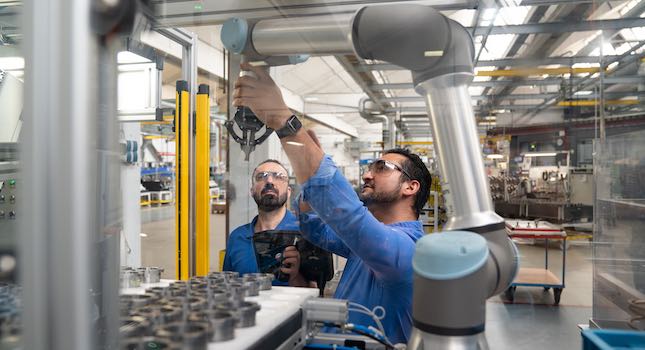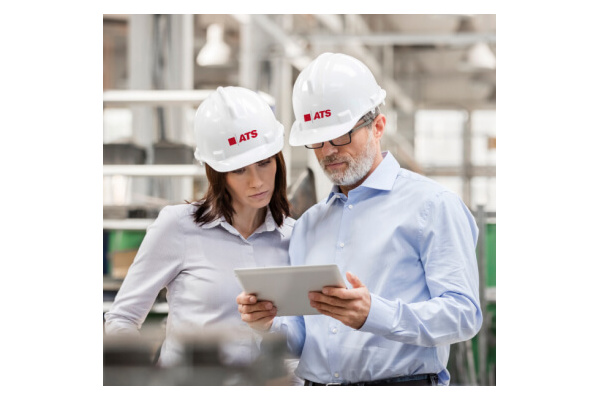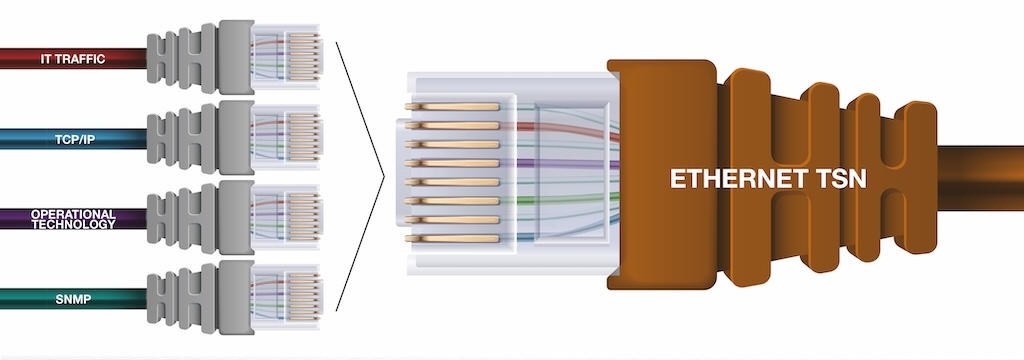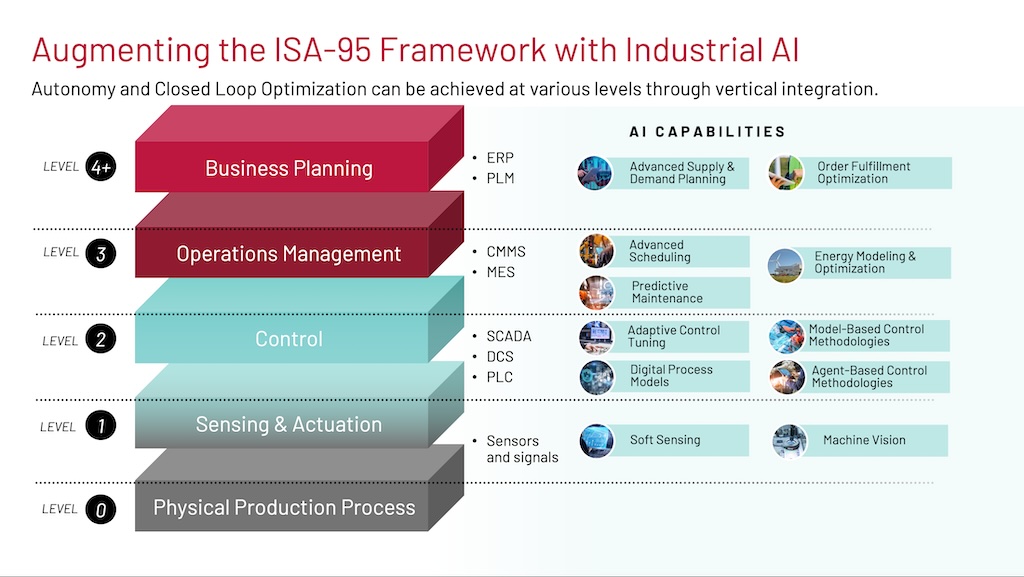Many manufacturers may not realize it, but just about any type of equipment can be leased—everything from assembly line and plant operations machinery to technology infrastructure and software, commercial vehicles, and so much more. In a struggling economy, leasing allows manufacturers to upgrade existing equipment, acquire it new, or implement technological advances without a large outlay of cash.
A natural reaction in the present economic downturn is for manufacturers to halt investments in equipment and information technology in an attempt to hold on to cash. But the need for a competitive edge isn’t diminished during a poor economic climate. In fact, difficult times such as these make gaining a competitive advantage even more critical.
This is where equipment leasing comes in as a viable solution. Leasing allows manufacturers to upgrade existing equipment, acquire new equipment, or implement technological advances without a large outlay of cash.
Ultimately, the value of equipment comes from using it, not owning it. That’s why financing makes so much sense for many businesses. First, it allows them to transfer ownership risk and uncertainties to the finance company. Second, it frees them to concentrate on using the equipment in the most productive ways and to the greatest benefit in their business operations.
Many manufacturers may not realize it, but just about any type of equipment can be leased. That means everything from different types of assembly line and plant operations machinery, technology infrastructure and software, commercial vehicles, and more.
Benefits add up
Manufacturers can reap these benefits from equipment leasing:
• Tax treatment . The IRS doesn’t consider certain leases to be a purchase, but rather a tax-deductible overhead expense. Therefore, manufacturers may be able to deduct lease payments from corporate income.
• 100-percent financing . Since an equipment lease often does not require a down payment, it is equivalent to 100-percent financing.
• Immediate write-off of the dollars spent . With leasing, payments can be treated as expenses on a company income statement.
• Flexibility. As businesses grow, their needs change. They can add or upgrade equipment at any point during the lease term.
• Asset management . A lease establishes the use of equipment for specific periods of time at fixed payments. The leasing company assumes and manages the risk of equipment ownership. As such, the leasing company is responsible for the disposition of the asset at the end of the lease.
• Upgraded technology . Technological product enhancements make equipment more efficient and easier to use. Equipment that depreciates quickly should be leased to limit a manufacturer’s risk of getting caught with obsolete equipment.
• Speed . Leasing leads to quick responses to new opportunities with minimal documentation and red tape.
• Improved cash forecasting . When manufacturers lease, they can accurately forecast cash requirements for equipment since they know the amount and number of lease payments required.
• Flexible end-of-term options. Put simply, there are three flexible options at the end of a term: return the equipment, purchase the equipment, or renew the lease.
• Tax benefits . Lessors can pass the tax benefits of ownership to the manufacturer in the form of lower monthly payments.
Questions to ask
Leasing is flexible and easily customized, and it’s important for manufacturers to evaluate which leasing product is the best fit for their unique situation.
To help with the leasing process, the Equipment Leasing and Finance Association (ELFA), a nonprofit association representing financial services companies involved in the equipment leasing industry, offers 10 questions to ask before signing a lease. These questions take into account the “before, during, and after” stages of a lease.
Before
1. How am I planning to use this equipment?
2. Does the leasing representative understand my business and how this transaction helps me to do business?
During
3. What is the total lease payment, and are there any other costs that I could incur before the lease ends?
4. What happens if I want to change this lease or end the lease early?
5. How am I responsible if the equipment is damaged or destroyed?
6. What are my obligations for the equipment—e.g., insurance, taxes, and maintenance—during the lease?
7. Can I upgrade the equipment or add equipment under this lease?
After
8. What are my options at the end of the lease?
9. What are the procedures I must follow if I choose to return the equipment?
10. Are there any extra costs at the end of the lease?
Choose your partner
After identifying an interest in leasing, the next step is choosing an experienced and reliable financing partner.
There are a number of important things to consider when making this choice. These include whether the finance company knows your industry and business needs, and is flexible, quick, and willing to work with your management team.
As manufacturers push forward through these tough economic times, one thing is certain: By understanding the benefits of leasing, you are adding an important option to your management toolbox—something that can improve business outcomes, and improve them now.
About the author:
Ken Turner is senior vice president of Key Equipment Finance’s direct sales group, one of the largest bank-held equipment finance companies in the U.S. He can be reached at (720) 304-1000.



